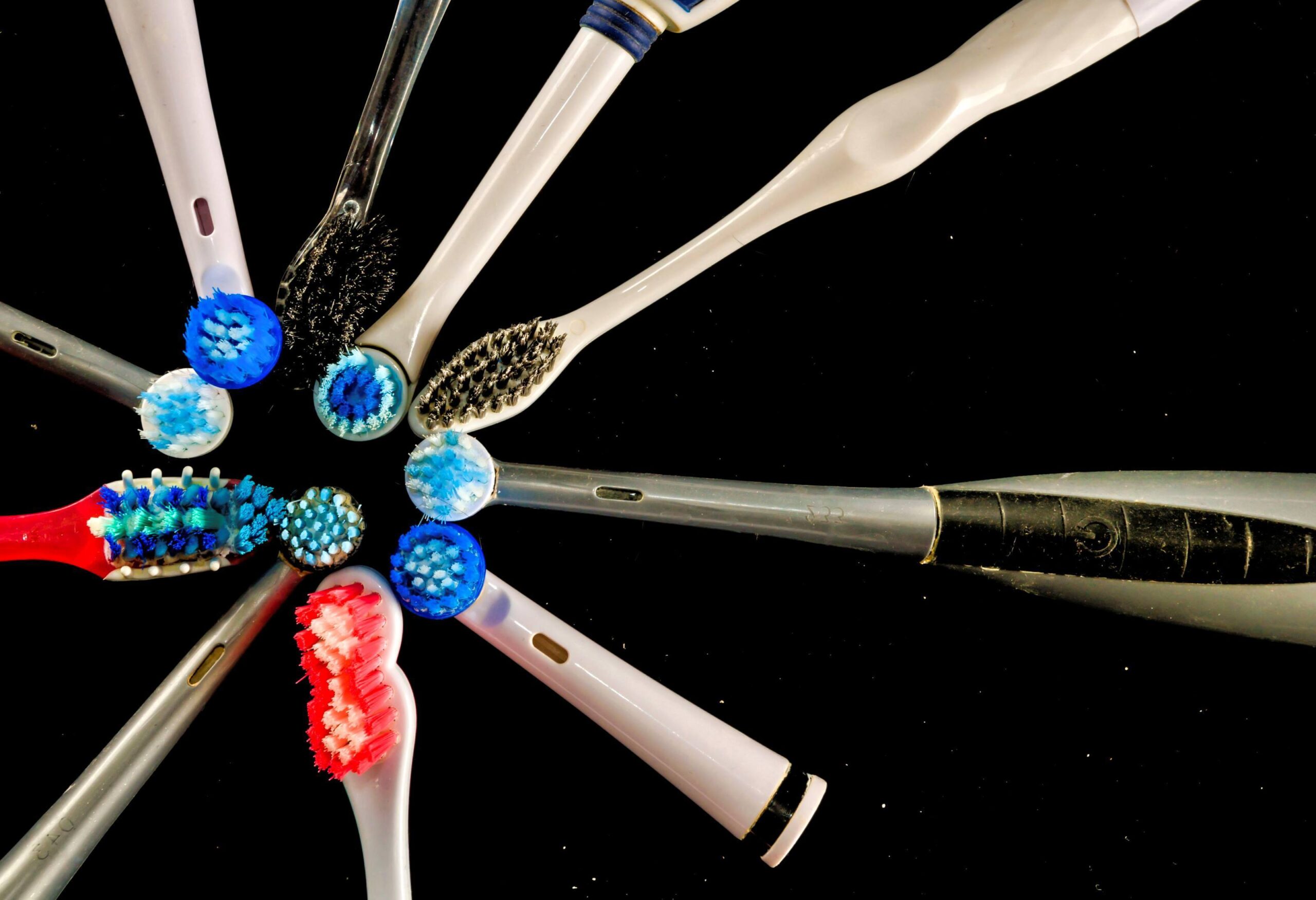A Guide to Choosing The Right Toothbrush
The foundation of a great smile starts with the right toothbrush. While it may seem like a simple tool, the right toothbrush can make a significant difference in your oral health. Our guide is designed to help you navigate through the various options and find the perfect fit for your dental needs.
Understanding Toothbrush Types
Manual vs Electric Toothbrushes
Pros and Cons: Manual toothbrushes are affordable and easy to control. They’re great for those who prefer a more traditional approach to brushing. On the other hand, electric toothbrushes can be more effective at reducing plaque and gingivitis, especially for those who have difficulty brushing effectively.
What Research Says: Studies have shown that electric toothbrushes can provide superior cleanliness. However, the key to good oral health is proper brushing technique, regardless of the type of toothbrush.
Bristle Varieties
Soft vs Medium vs Hard Bristles: We typically recommend soft bristles as they are gentle on the gums and enamel. Medium and hard bristles can be too abrasive, potentially causing damage.
Which is Best for You? Soft bristles are generally the safest choice. They clean effectively without harming your gums or enamel.
Toothbrush Features to Consider
Head Size and Shape
Importance of a Comfortable Fit: A toothbrush head that’s too large can be difficult to maneuver. A smaller head can more easily reach all areas of the mouth.
Recommendations for Children and Adults: Children should use specially designed kids’ toothbrushes, while adults can choose based on comfort and effectiveness.
Bristle Quality:
Understanding Bristle Technology: Good quality bristles will have rounded tips for safety and comfort. They should be sturdy yet flexible.
Signs of Poor-Quality Bristles: If bristles are falling out or appear uneven, it’s time to replace the toothbrush.
Special Needs and Considerations
For Sensitive Teeth and Gums
What to Look For: Soft bristles and a gentle brushing technique are crucial for sensitive teeth and gums. Some electric toothbrushes have special settings for sensitivity.
Recommended Products: We can suggest specific brands that are ideal for sensitive mouths during your next visit.
Braces and Dental Work
Choosing the Right Brush: Orthodontic care requires a toothbrush that can clean around wires and brackets effectively. Ortho-tip brushes are designed for this purpose.
Tips for Effective Cleaning: Use a gentle, circular motion to clean around braces and other dental work.
The Importance of Technique and Frequency
Proper Brushing Technique
Step-by-Step Guide: Use gentle circular motions, brush for at least two minutes, and don’t forget the back teeth and your tongue.
Common Mistakes to Avoid: Avoid brushing too hard, as it can damage enamel and gums.
Frequency and Replacement
How Often to Brush: Brushing twice a day is recommended.
When to Replace Your Toothbrush: Replace your toothbrush every three to four months or sooner if the bristles are frayed.
Conclusion
Choosing the right toothbrush is a crucial aspect of your oral hygiene routine. At Linden Hills Dentistry, we’re committed to guiding you toward the best choices for your dental health. Remember, a toothbrush that suits your individual needs can make a world of difference. We’re here to help you achieve and maintain that radiant smile!


